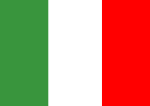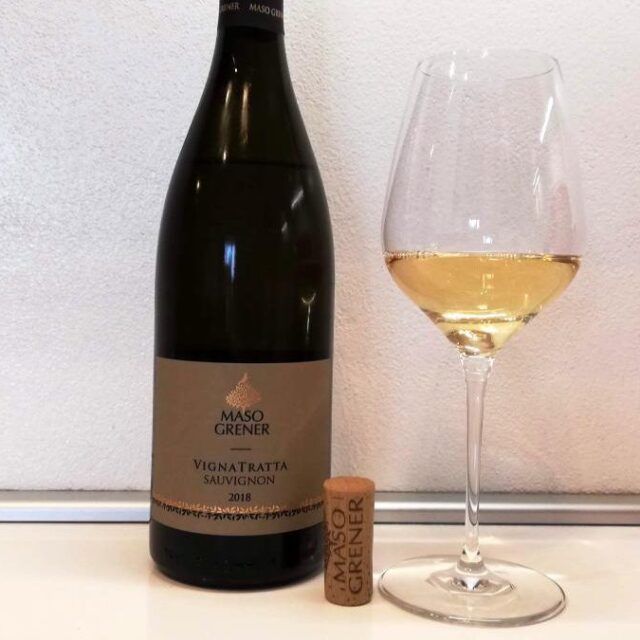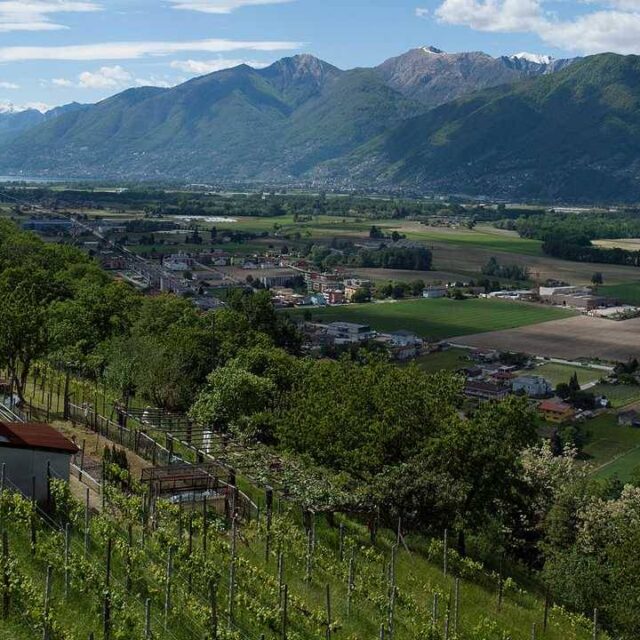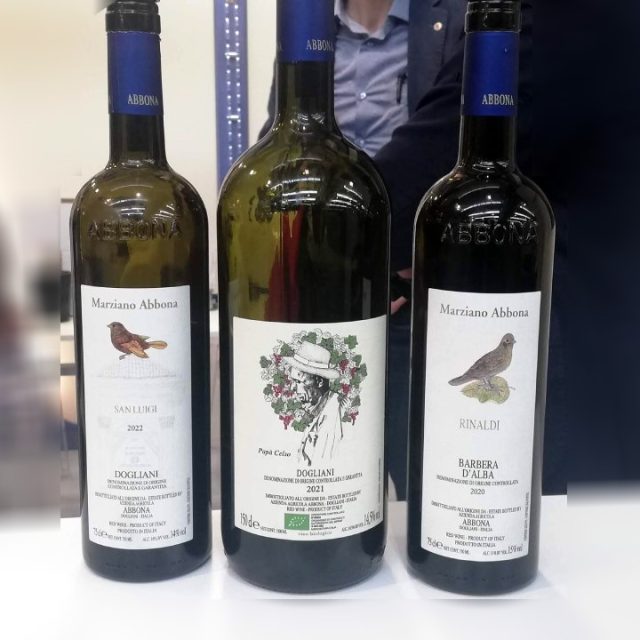Beaujolais is a wine region in eastern France that is considered part of the “great” Burgundy, although it differs from the latter for some characteristics of its own.
In terms of volume of wine produced, Beaujolais produces a quantity equal to Burgundy as a whole. The wine production is almost exclusively red wine made from Gamay (Gamay Noir à Jus Blanc), to which has to be added a small amount of rosé wine produced by Gamay and a modest percentage of very high-quality white wines mainly made from Chardonnay. Gamay is the main variety of the region with 98% of the area under vine dedicated to the cultivation of this grape variety.
The fame of Beaujolais wines and its uniqueness on the international wine scene is due to the production process called carbonic maceration which gives these wines immediacy, freshness, and vinous aromas. Most of the wine produced in the region, and especially the most of volume sales, is of the Nouveau/Primeur style; this wine can be marketed from the third Thursday of November after the harvest of each year and is made through carbonic or semi-carbon maceration and bottled 3-5 days after the end of fermentation. Some wines undergo malolactic conversion, while others do not; these wines are typically subjected to filtration and the addition of sulphites; the latter is particularly important if malolactic conversion is not carried out, to prevent re-fermentation once the wine has been bottled.
The Growing Environment
The region is located on the right bank of the river Sâone, between Lyon and Mâcon and stretches for about 18,000 hectares. The northern part of the region is hilly with an altitude of between 200 and 500 metres above sea level. The vineyards are placed on slopes with south and south-east aspects, on soils made of granite, shale, and sands. The southern area is mostly flat with a colder and richer soil, mainly made of clay. The grapes grown in the north benefit from excellent sunlight exposure and well-drained soils, so they can achieve optimal ripeness; this is not always the case for grapes grown in the south of the region, which sometimes show green notes as they have not reached an adequate ripeness.
The appellation Beaujolais AOC extends over the whole region, but in practice the wines that bear it on the label are made from grapes sourced from the vineyards located in the southern part of the region as those in the north fall under the denomination Beaujolais Villages AOC. Within the Beaujolais Villages denomination, the name of a single village can be placed on the label only if the grapes are sourced from the vineyards in that municipality, but most of the wine is labelled Beaujolais Villages. In addition to these two appellations, there are 10 Crus Beaujolais, which over time have built a reputation for some of the characteristics that define their own style and certainly for their high quality; the wines from the Cru appellations can only be red.
The climate of Beaujolais is continental, slightly warmer than the one of Burgundy thanks to the influence of the Sâone River that moderates the most extreme temperatures. Rainfall is about 750mm per year and the strong Mistral wind affects the region and can result in irregular flowering, as well as potential damage to the plants.
Biodiversity and Sustainability
Beaujolais is considered a pioneering region in environmental sustainability practices. Since the late 1980s a group of winegrowers decided to join together to study their vineyards and identify how to grow vines at their best while at the same time in the most sustainable way for the environment.
In 1998, TerraVitis was founded in the Beaujolais region, a French organisation that brings together winegrowers aimed at respecting nature, which established a self-discipline code of practice that places the production standards at a high level of quality. Terra Vitis provides a minimum intervention approach, furthermore, from 2020 the specifications needed for the certification are equivalent to those of the wider HVE Level 3 certification.
In the region, more than 150 producers manage their vineyards with an organic approach or are undergoing organic conversion; this approach promotes the balance of the ecosystem by providing the least interference with nature, completely excluding the use of chemicals. About a dozen producers are Demeter certified; this is a philosophy that involves the use of biodynamic products to contribute to the balance of the ecosystem in line with cosmic cycles.
Today, the winegrowers of Beaujolais have a new vision of agriculture, which can be defined as “agro ecology”, the achievement of the highest performance through the full respect for the environment. This objective is pursued by restoring the natural diversity of the landscape through effective actions, such as maintaining or reintroducing biodiversity in the vineyard and soil, limiting chemicals, as well as preserving water resources and their quality.
Vine
Here is a summary of the characteristics of the grape used to produce the wines tasted:
Gamay: this is an early budding and ripening variety that make it vulnerable to spring frosts, but at the same time it can be harvested before the autumn rains begin. It is a productive variety that requires pruning to maintain the high quality of the fruit. Its thin skin makes it vulnerable to rot and in this region it is typically head-trained, spur-pruned (bush vine) and trained low to protect them from the cold Mistral wind. When the wines are made with carbonic or semi-carbonic maceration, they are characterised by fruity and floral aromas and flavours, with notes of cherry and raspberry, medium-high acidity and often smooth tannin.
Beaujolais-Lancié A.O.C. – Domaine Des Nugues – 2020
100% Gamay
The wine in produced by Domaine Des Nugues and is owned by the Gelin family, a company active since the 1970s in the municipality of Lancié, that over time has grown to reach the actual size of about 40 hectares of vineyards. About half of the vineyards are in the denomination Beaujolais Villages, with plots also in the Cru of Fleurie, Moulin à Vent and Morgon. The company has been HVE Level 3 certified since 2018.
The vineyards from which the grapes are sourced are in the municipality of Lancié with the soil being made up of granite, sand and a mix of sand and clay. The vines are on average 45 years old, but some plants are over one hundred years old. The vine density is high and stands on 8,000-10,000 plants per hectare. The grapes are harvested by hand and after semi-carbonic fermentation they stay in contact with the skins for 7-12 days; after that the wine undergoes malolactic conversion. The wine matures in stainless-steel vats for 10 months and for a further 12 months in the bottle before being put on the market.
- Look: light ruby.
- Smell: medium (+) aroma intensity of strawberry, red cherry, raspberry, red plum, blueberry, banana, kirsh, candy.
- Taste: dry, medium (+) acidity, medium alcohol, medium smooth tannin, medium body, medium flavour intensity, medium finish.
- Pairing: cauliflower curry.
Fleurie A.O.C. – Terres Dorées – Jean-Paul Brun – 2020
100% Gamay
Domaine Terres Dorées is located in Charnay-en Beaujolais, a village near Villié-Morgon and stretches for about 44 hectares in different appellations of Beaujolais, including 5 hectares in Fleurie. The winery grows several grape varieties, including the typical for the region Gamay and Chardonnay, and more unusually Pinot Meunier and Roussanne.
The yields area extremely low and the vineyards are managed paying attention to sustainability, with minimum use of copper and sulphur. The wines made from this producer show the typical characteristics of the terroir and variety thanks to the minimal use of additives and minimal filtration.
Unlike the typical style of the region, the wines are more likely to follow the Burgundy vinification style; the grapes are destemmed, the fermentation is carried out using only indigenous yeast streams. The wine undergoes a longer maceration compared to the Beaujolais style. Through this vinification technique, the wines resemble more the style of wines made from Pinot Noir, but above all they gain a greater ageing potential.
- Look: light ruby.
- Smell: medium (+) aroma intensity of rose, violet, red cherry, red plum, strawberry, cranberry, blueberry, black cherry, peach, chocolate, white pepper.
- Taste: dry, high acidity, medium alcohol, medium fine-grained tannin, medium body, medium (+) flavour intensity, long finish.
- Pairing: pork roast with apples and chestnuts.
For more information on the wines tasted, here is the producer’s websites: Domaine Des Nugues | Domaine Terres Dorées – Jean-Paul Brun


























































